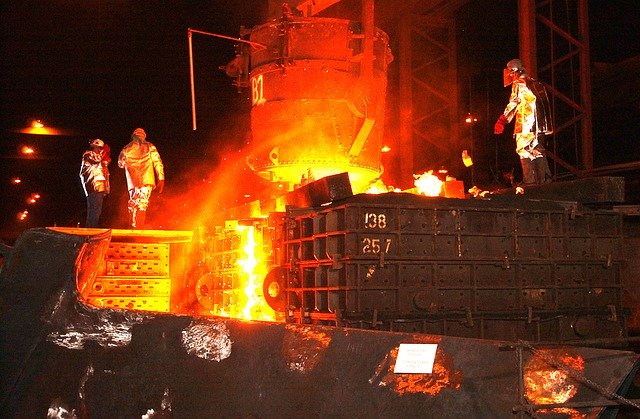Equipment Maintenance Strategy During Covid-19

With the downswing in many segments of the economy, businesses immediately go into cost-saving mode. Unfortunately, one of the first things affected is equipment maintenance practices. If the equipment is no longer running, it doesn’t require maintenance, right?
Equipment maintenance strategies under normal operations try to minimize (or ideally, eliminate) unplanned downtime. We’ve done analyses of the maintenance required for our equipment, based on run-time, duty cycle, OEE, etc., and we have a good maintenance strategy in place. When we find our production is forcibly curtailed, these strategies may have to be adjusted to account for equipment lay-up, operating outside its normal efficiency curve, etc. That doesn’t mean eliminate the maintenance; it just requires a re-evaluation of the maintenance strategy.
Another thing to keep in mind: this slowdown is short-term for most industries. Manufacturing can expect a large up-swing in production requirements as the health situation improves. You want to make sure your equipment is ready to support this surge in pent-up demand when it occurs.
Equipment Maintenance Strategy Ideas to Consider
- During this downtime, it might be the ideal time to upgrade your less efficient equipment. Instead of taking down an active production line, you can upgrade that line with no lost production penalty.
- Eliminate any preventive maintenance backlogs you may have been carrying. It’s a great time to perform those items that you were holding off until “the next shutdown.” That time is now!
- The same goes for corrective maintenance that has been put on hold. Fix those issues you’ve been living with. Get your gear in top condition.
- Consider shifting to a Predictive Maintenance strategy. This might be the perfect time to get your reliability folks together and decide what equipment would benefit from upgraded sensors, new software analysis technology, etc. See if you can eliminate preventive maintenance by implementing a stronger predictive maintenance system.
Your business needs to be ready for the expected surge in demand during the second half of the year. That is NOT the time to find yourself with equipment that is not ready to support. Similar to financial investment strategies, make sure you are investing in your equipment during the low point so that you can capitalize on the upswing.
Learn more in Equifactor® Equipment Troubleshooting & TapRooT® Root Cause Analysis Training. Learn how to build a systematic guide to troubleshooting common equipment problems, develop better corrective actions and more!
Register for an upcoming course.



